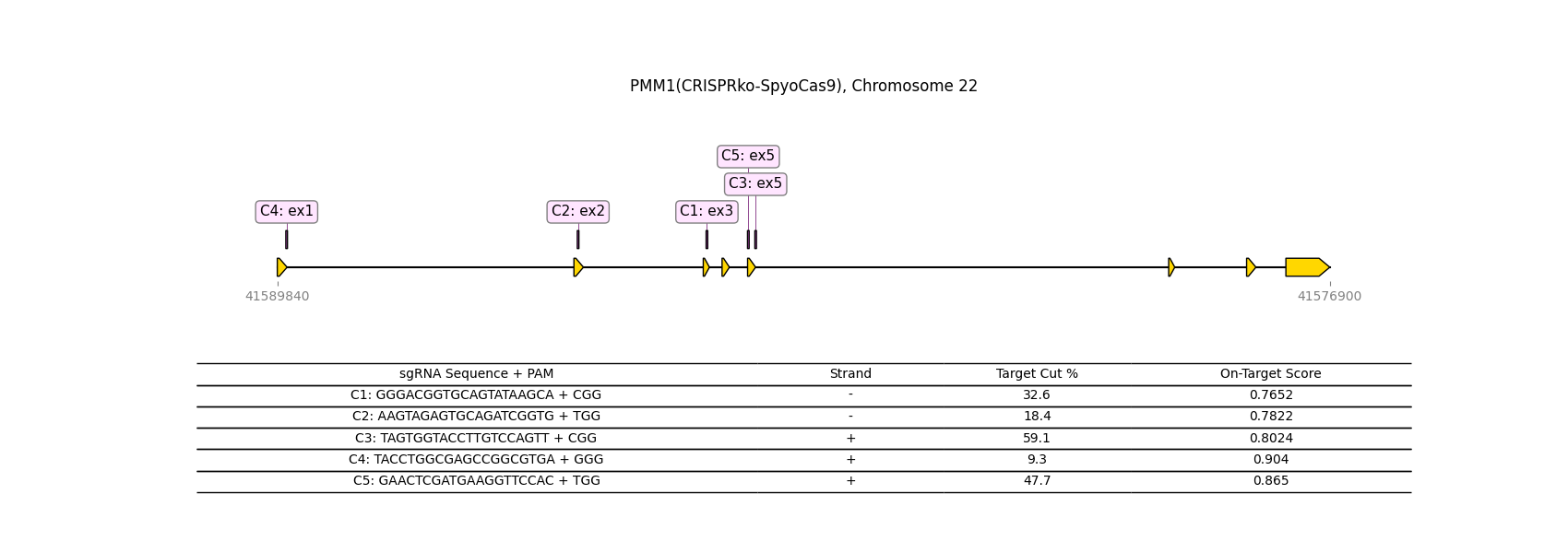Gene Details: PMM1
1 / 1
General Information
Gene Name: PMM1 (Phosphomannomutase 1)
Synonym: PMMH22
Short Names: PMM 1;
Alternative Names: PMMH-22;
Notes:
- Phosphomannomutase 1 transfers a phosphate group from the 1 carbon to the 6 carbon on mannose 1 phosphate.
- PMM1 and 2 share 65% homology.
- PMM2 deficiency is recognized as a congenital disease of glycosylation. The lack of available phosphorylated mannose decreases due to the lack of activity and causes underglycosylation. The disease causes a wide array of deformities and metabolic disorders.
- PMM1 has not been associated yet with any disorder.
Description from Dr.Glyco-GPT:
Warning: LLMs can generate factually incorrect information, as they simply predict the next word based on training data. Always verify LLM output by cross-checking with reliable sources!
Catalytic Activity

Reaction and Disease Links
EC # (IUBMB):
5.4.2.8
Brenda:
5.4.2.8
OMIM:
601786
KEGG: 5372
Rhea:
11140
Reactome :
R-HSA-446205
Transcript levels (Cell lines and Single cell data) URL
CRISPR-knockout

CRISPR-activation

CRISPR-inactivation

Transcription factor-gene relationship (details at glycoTF page)
Top 10 TFs
| TF | Score |
|---|---|
| TCF25 | 0.764761 |
| UBE2I | 0.749641 |
| SSU72 | 0.745293 |
| RBM39 | 0.743760 |
| SON | 0.739481 |
| XRCC5 | 0.738460 |
| HNRNPK | 0.736190 |
| YY1 | 0.729948 |
| PCBP1 | 0.723811 |
| PCBP2 | 0.718653 |
Licensing: CC BY 4.0. You are fee to copy, redistribute, remix, transform and build upon all material, except for textbook figures from the Essentials.